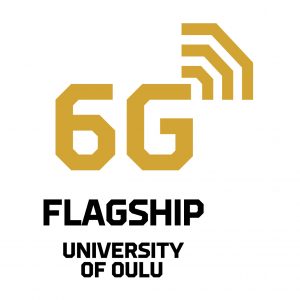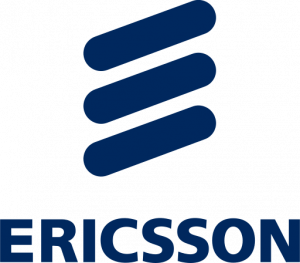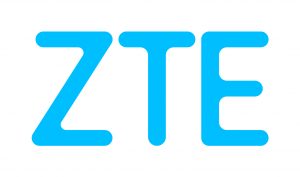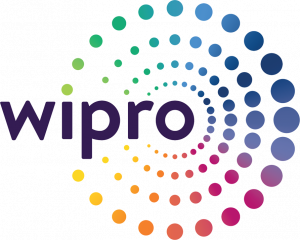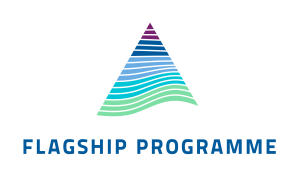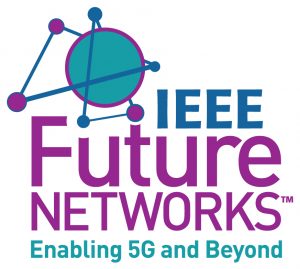
Emil Björnson is an Associate Professor at Linköping University, best known for his work on multiple antenna technology, particularly Massive MIMO. He has authored the textbooks “Optimal Resource Allocation in Coordinated Multi-Cell Systems” (2013) and “Massive MIMO Networks: Spectral, Energy, and Hardware Efficiency “(2017). He is currently working on beyond 5G MIMO technology, radio resource management, machine learning, and energy efficiency. He received the 2014 Outstanding Young Researcher Award from IEEE ComSoc EMEA, the 2016 Best Ph.D. Award from EURASIP, the 2018 IEEE Marconi Prize Paper Award, the 2019 EURASIP Early Career Award, the 2019 IEEE Fred W. Ellersick Prize, and the 2019 IEEE SPM Best Column Award. He also received six Best Paper Awards at conferences.
Reconfigurable intelligent surfaces: Myths and realities
In search for a 6G multiple antenna technology, reflectarrays from the electromagnetic literature has recently gained traction in the communication community, now called intelligent reflective surfaces, software-controlled metasurfaces, or reconfigurable intelligent surfaces. The idea is to support the transmission from a source to a destination by deploying surfaces that can reconfigure their reflective properties to improve the channel in real time. This opens a new design dimension: we can not only optimize the transmitter and receiver but also the channel. However, it is easy to get excited by new technology and forget about the basics or what competing technologies there are. In this talk, I will debunk four myths that flourish in the literature and explain what the main open problems are.
Hits: 710

